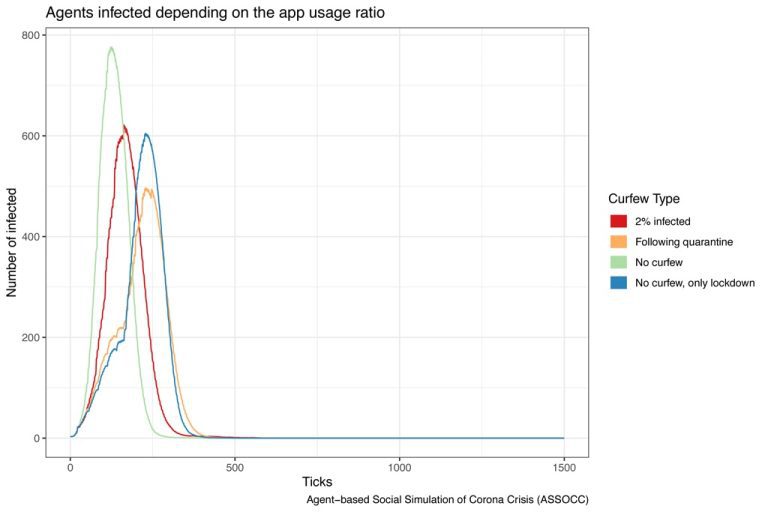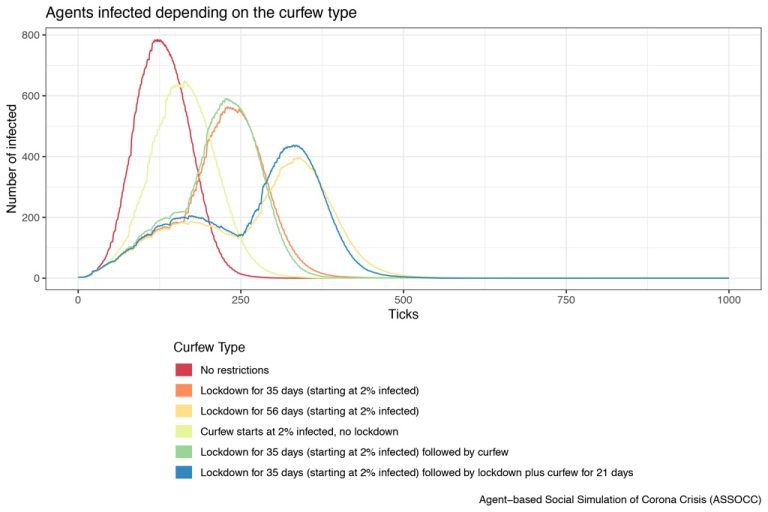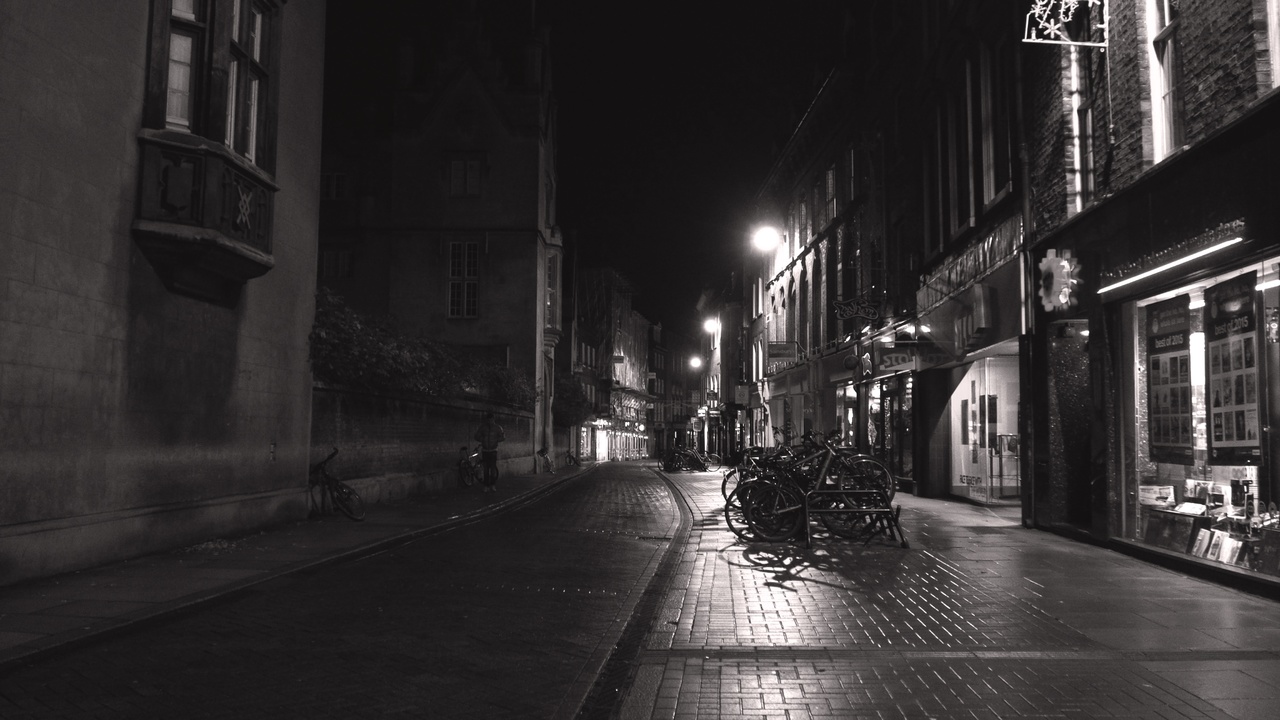A European research group has calculated the effects of a curfew. It appears that the effectiveness depends on when you impose it.
(Photo: Pxhere)
“I am in favour of curfews,” says Dr Amineh Ghorbani (TPM Faculty), her child playing audibly in the background. “But Frank, on the contrary, is against it.” Professor Frank Dignum of the University of Umeå is the leader of the European research group ASSOCC (Agent-based Social Simulation of the Coronavirus Crisis). “And we can both defend our positions using the simulations.”
This sounds strange, but it leads to the conclusion that the curfew can be effective only if you begin it early enough. After a longer period of lockdown, a curfew is no longer effective and Ghorbani attributes this to a change in behaviour, such as seeing friends in the weekend more often. In the Netherlands, you could say that the current curfew is coming too late.

The first graph shows the difference between the blue line (lockdown, no curfew) and the orange line (curfew after the lockdown). The orange peak is 16% lower – the positive impact of the curfew.

The second graph shows the difference in the blue line (lockdown followed by lockdown plus curfew) and the yellow line (long lockdown, no curfew). Yes, this time blue is indeed lockdown and in the previous graph it was NOT. So be it. The point is that the peak of the yellow line (no curfew) is 9% lower than the blue (curfew). The effect of the curfew is therefore a HIGHER number of infections. Albeit slightly higher.
A matter of timing
How is that possible? Ghorbani points to the difference in time. In the first graph, the blue peak is at 240 days, in the second graph at around 330 days. In other words: after a longer period of lockdown, the curfew has no, or even an adverse, effect.
And why is that? People adjust their behaviour, explains Ghorbani while she puts her toddler behind a tablet. Theoretically, the effect of a curfew could be 35%, because that is the share of infections from social visits. With a curfew shortly after the start of the lockdown (first graph), the effect is not 35% but 16%. But later, after the introduction of the lockdown, ‘alternative behaviour’ throws a spanner in the works. Instead of refraining from visiting friends and family, we do it at another time, nullifying the curfew.
Read also: Computer model shows effect corona measures
Do you have a question or comment about this article?
j.w.wassink@tudelft.nl


Comments are closed.